If you want a practical plan for how to get hired for airport ground staff roles, this guide shows what the jobs involve, the benefits, the requirements, and the exact steps to apply.
You will learn how passenger service, ramp operations, and coordination teams keep flights moving safely and on time.
Each section uses trusted, official sources so your preparation matches real hiring standards and security rules. By the end, you will know where to find roles, what to highlight on your resume, and how to succeed once you start.
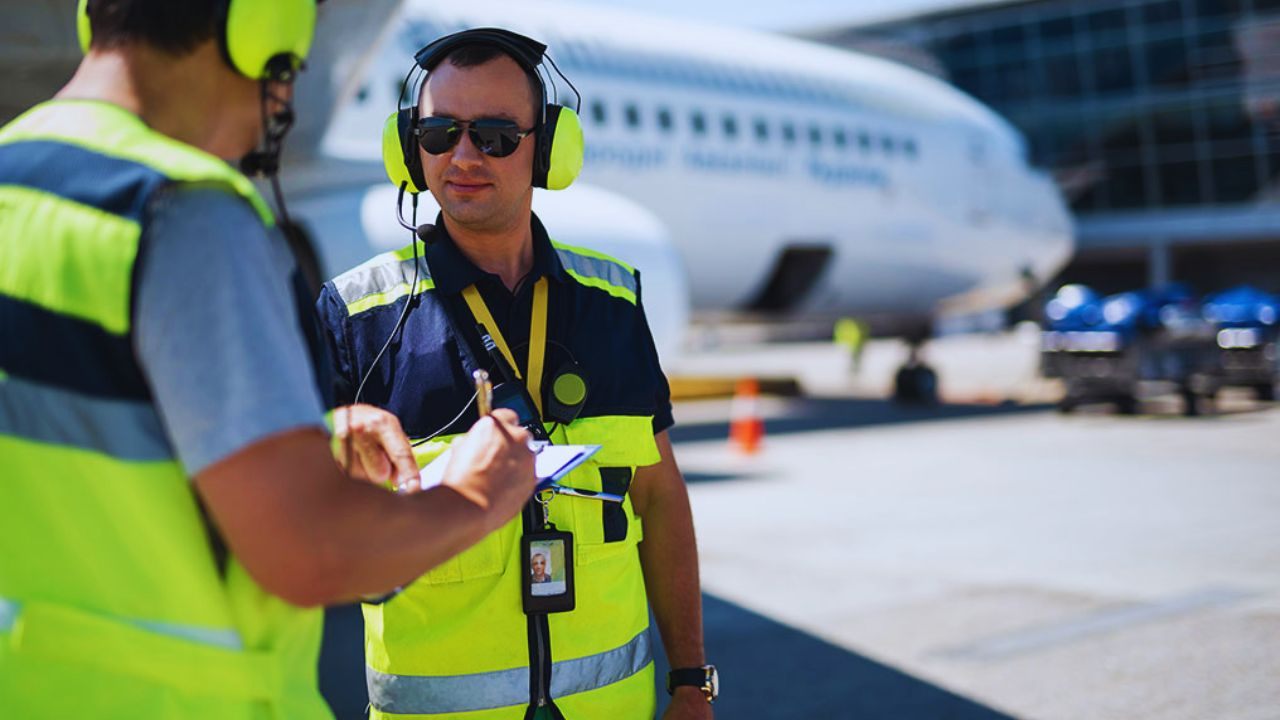
Understanding Airport Ground Staff Roles and Responsibilities
Airports run on coordinated teams that manage customers, aircraft on the ground, and safety-critical processes between every arrival and departure.
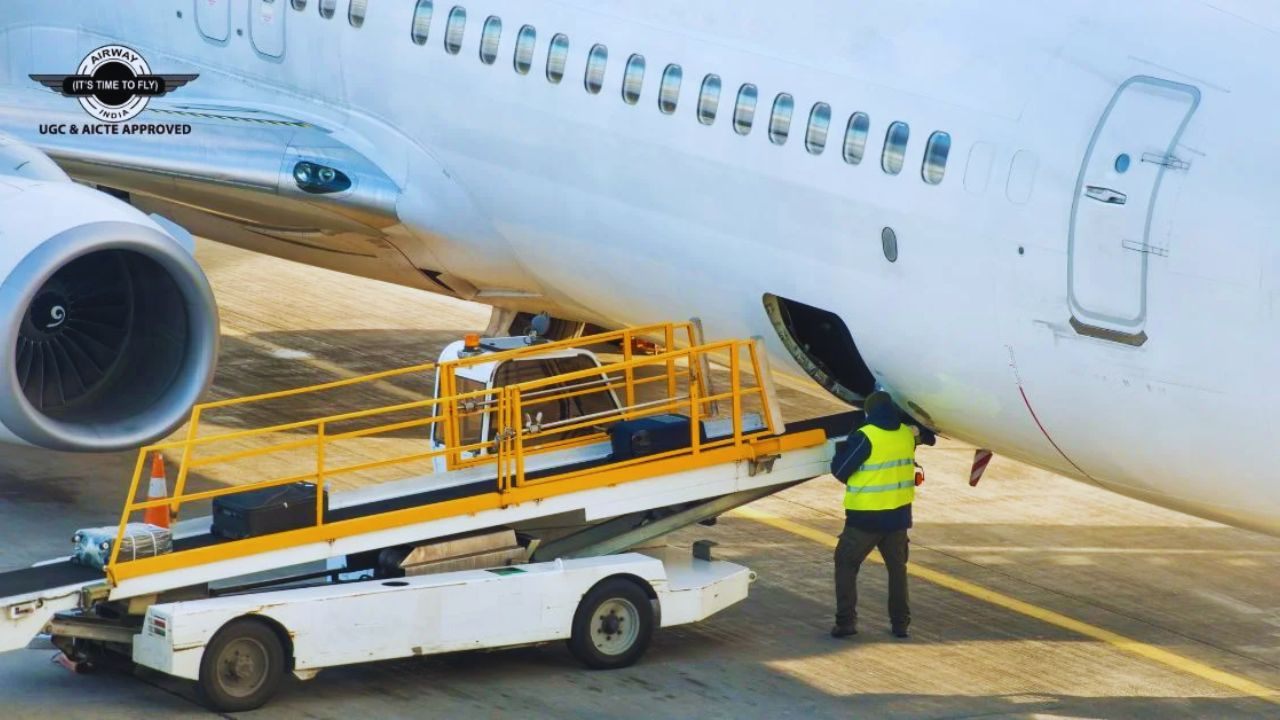
Industry bodies standardize procedures across passenger handling, baggage flows, load control, and ramp operations to reduce risk and delay.
These standards align airlines, airports, and ground service providers on who does what, when, and how. Knowing the structure helps you target the role that fits your skills and schedule.
Passenger Service Roles You Will See Every Day
Passenger service agents guide travelers through check-in, document verification, seat assignment, and boarding while calmly solving disruptions.
Official career profiles describe responsibilities such as helping with self-service kiosks, weighing bags, issuing boarding passes, and assisting unaccompanied minors and customers with reduced mobility.
Agents also communicate delays, rebook itineraries, and manage lounge or gate services with airline systems. These duties keep customer experience stable even when operations are changing.
Ramp and Baggage Operations That Keep Turns On Time
Ramp agents load and unload baggage and cargo, marshal aircraft, operate belt loaders and tugs, and provide water and lavatory servicing.
Employers emphasize strict safety rules on the ramp and attention to flight numbers so every bag reaches the correct hold.
These teams work in all weather while coordinating with dispatch and flight crews to hit departure targets. The role is physical, time-sensitive, and central to on-time performance.
Coordination and Safety Standards That Tie It Together
Ground handling follows global standards that define safe, consistent practices across airlines and airports.
Manuals and programs from recognized industry bodies reduce complexity, improve training, and lower aircraft damage risk during tight turnarounds.
The common framework also supports audits and continuous improvement across baggage, load control, and passenger service. Understanding that framework signals to recruiters that you are serious about compliance and safety.
Benefits of Airport Ground Staff Roles
Ground staff careers offer steady schedules, union or company benefits in many markets, and pathways into specialized aviation tracks.
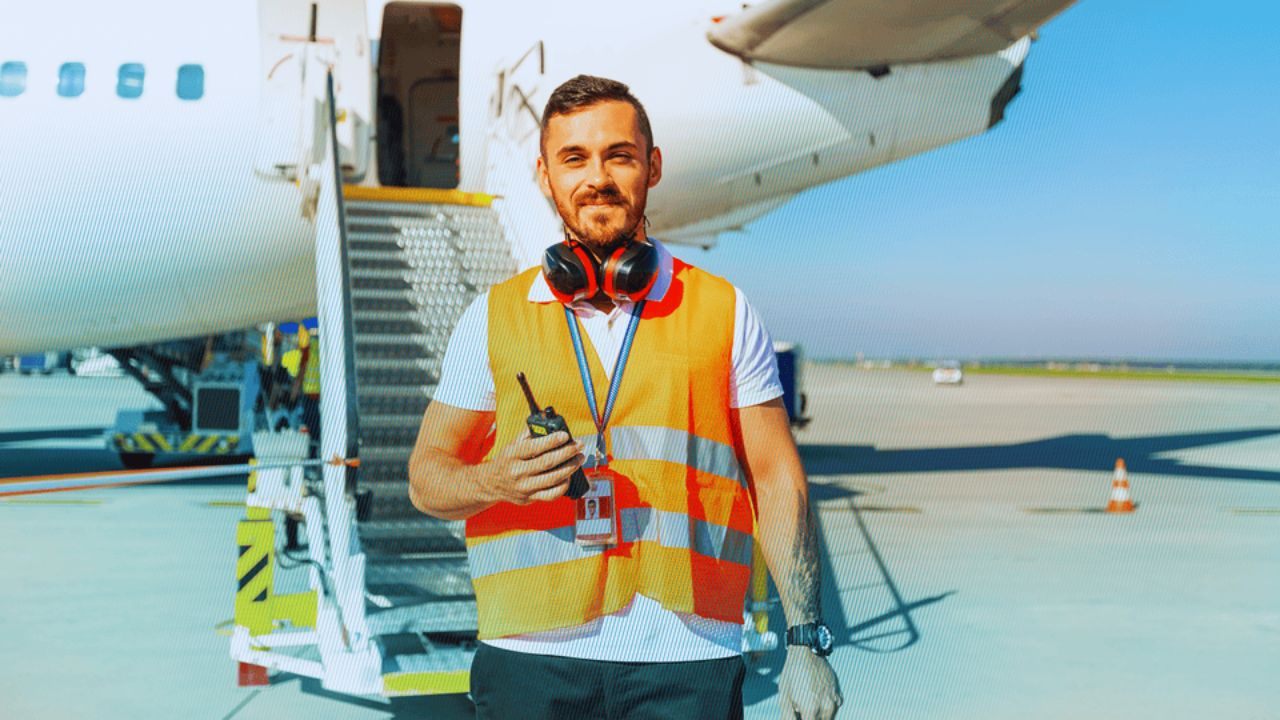
Large carriers and handlers highlight healthcare, paid time off, and travel privileges as part of their value proposition.
Teams gain hands-on experience with complex operations that translate to roles in operations control, safety, or customer experience leadership. The network effect of a hub or large station multiplies internal mobility options over time.
Pay, Premiums, and Stable Hours in a 24/7 Operation
Airports never sleep, so employers staff multiple shifts and often pay differentials for nights, weekends, and holidays.
Full-time roles can include overtime opportunities during peak seasons, with predictable rosters set by station needs.
Because flights run to schedule, many teams benefit from regular bid periods and structured time off. Stability and premiums together make entry-level roles competitive for new talent.
Travel Perks and Training That Build Long-Term Value
Airlines advertise non-revenue or reduced-rate travel privileges for eligible employees and dependents, subject to company policy.
Formal training covers customer systems, ramp equipment, dangerous goods awareness, and station safety briefings aligned to industry standards.
These credentials stack quickly and become currency for internal transfers or promotions. Employees gain both experiences and endorsements that matter across aviation employers.
Clear Pathways Into Operations, Cargo, and Leadership
Customer service agents can step into ticketing, lounges, irregular operations support, or performance analysis after proving reliability.
Ramp agents often progress to lead, training, or load control roles that command aircraft weight and balance compliance.
Cargo teams expand into warehouse leadership or specialized screening and documentation posts. Internal mobility is reinforced by common systems and procedures shared across departments.
Requirements for Airport Ground Staff Roles
Airports combine customer-facing service with security-sensitive access, so hiring blends soft skills with regulated checks.
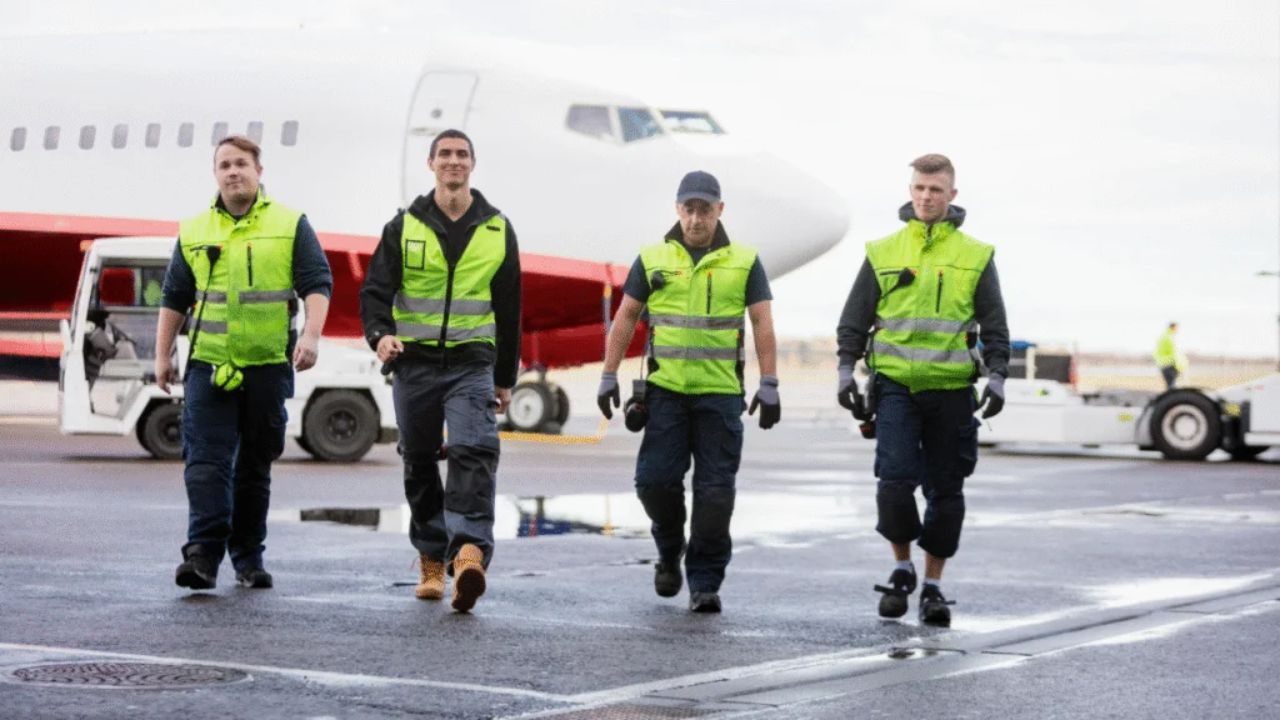
Employers typically seek a high school diploma or equivalent, reliable attendance, clear communication, and the ability to lift and stand for shifts.
Because many positions access restricted areas, federal security checks and badges are mandatory in the United States. Drug and alcohol testing applies to covered safety-sensitive functions under federal rules.
Security Badging, CHRC, and STA: You Must Pass
To work in the Security Identification Display Area, applicants undergo a fingerprint-based Criminal History Records Check and a Security Threat Assessment.
Airport authorities detail these steps in SIDA study guides and employee manuals for all vendors and airlines on site.
Some roles add airfield driver training endorsements where vehicle access is required. Understanding CHRC and STA timelines helps you plan start dates and onboarding.
DOT/FAA Drug and Alcohol Programs for Covered Functions
U.S. regulations require drug and alcohol testing programs for employers whose workers perform defined safety-sensitive aviation functions.
Advisory circulars and the Code of Federal Regulations outline who is covered, when testing occurs, and how programs operate under federal procedures.
Ground handling providers that meet the definitions must maintain compliant programs and records. Reading the official guidance prepares you for pre-employment and random testing protocols.
Physical Readiness, Equipment Training, and PPE
Ramp and warehouse roles involve lifting, bending, and working outdoors around aircraft and ground support equipment.
Employers provide equipment training and require personal protective equipment while enforcing station safety policies.
Passenger service roles emphasize extended standing, system proficiency, and calm problem-solving during disruptions. Stating your readiness for these conditions strengthens your application immediately.
Where to Find Airport Ground Staff Roles
Your best options are airline career portals, airport authority job pages, and global ground handling firms that staff multiple carriers.
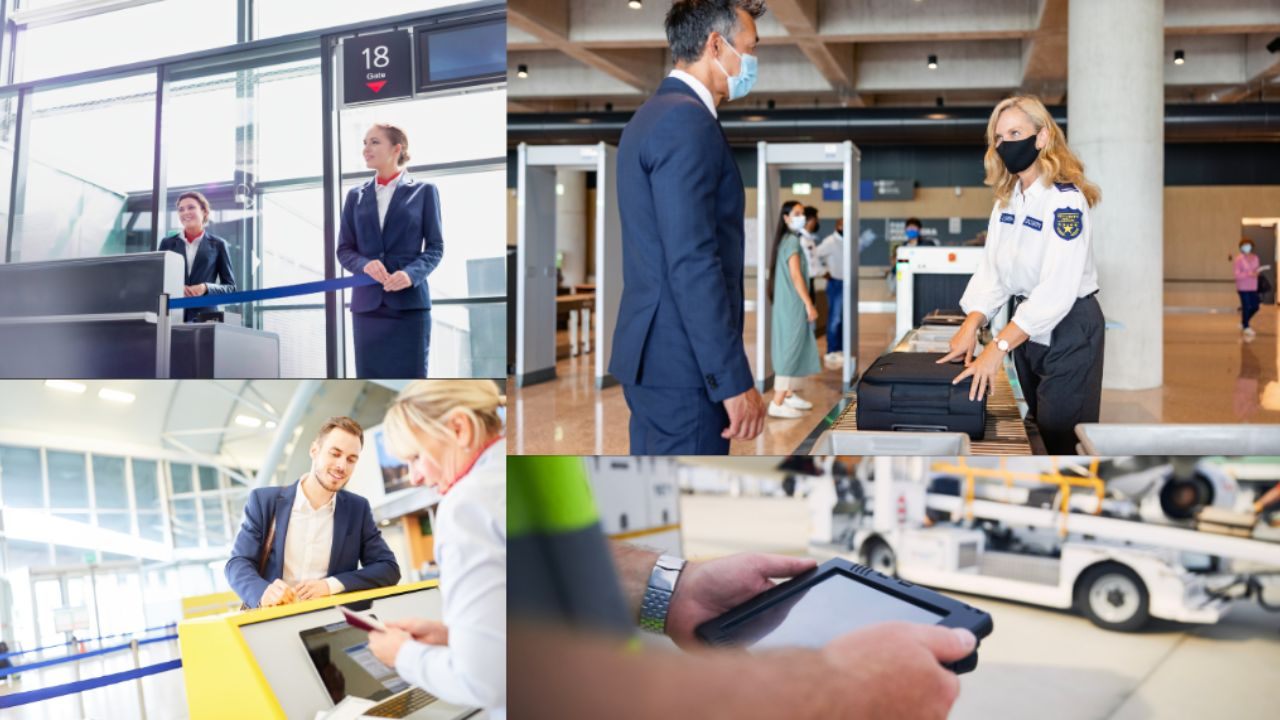
These channels list passenger service, ramp, cargo, and lounge roles with location, shift, and eligibility details.
Reputable employers explain security vetting and medical requirements clearly in each listing. Starting with official portals protects you from outdated and unaffiliated postings.
Airline Career Sites With Direct Hiring Pipelines
Major carriers advertise “At the Airport” jobs covering customer service, ramp, and cargo with clear role summaries and benefits.
Portals describe daily duties, required availability, and training provided after hire for station procedures.
You can create a profile and set alerts by city or function to catch new postings fast. This is the most reliable route if you want to work for a specific brand.
Ground Handling Companies Serving Many Airlines
Global handlers staff passenger service desks, ramp operations, lounges, and cargo for multiple carriers at each station.
Their careers hubs outline teams, training, and advancement while listing openings across airports and shifts.
Applying through a handler can broaden your options because assignments span several airline customers. It is also a strong way to gain cross-airline experience early in your career.
Airport Authorities and Local Compliance Resources
Airport operators post vacancies for permit offices, badging, and customer programs, and they publish SIDA requirements for all workers.
These pages help you understand local security timelines, parking, transit access, and badging hours before you apply.
Reading them also clarifies whether your prospective employer sponsors badges or expects you to initiate steps. Aligning to local procedures helps you move quickly once you accept an offer.
How to Get Hired for Airport Ground Staff Roles
Turning interest into an offer requires a tailored resume, dependable references, and interview stories that show safety, teamwork, and resilience.
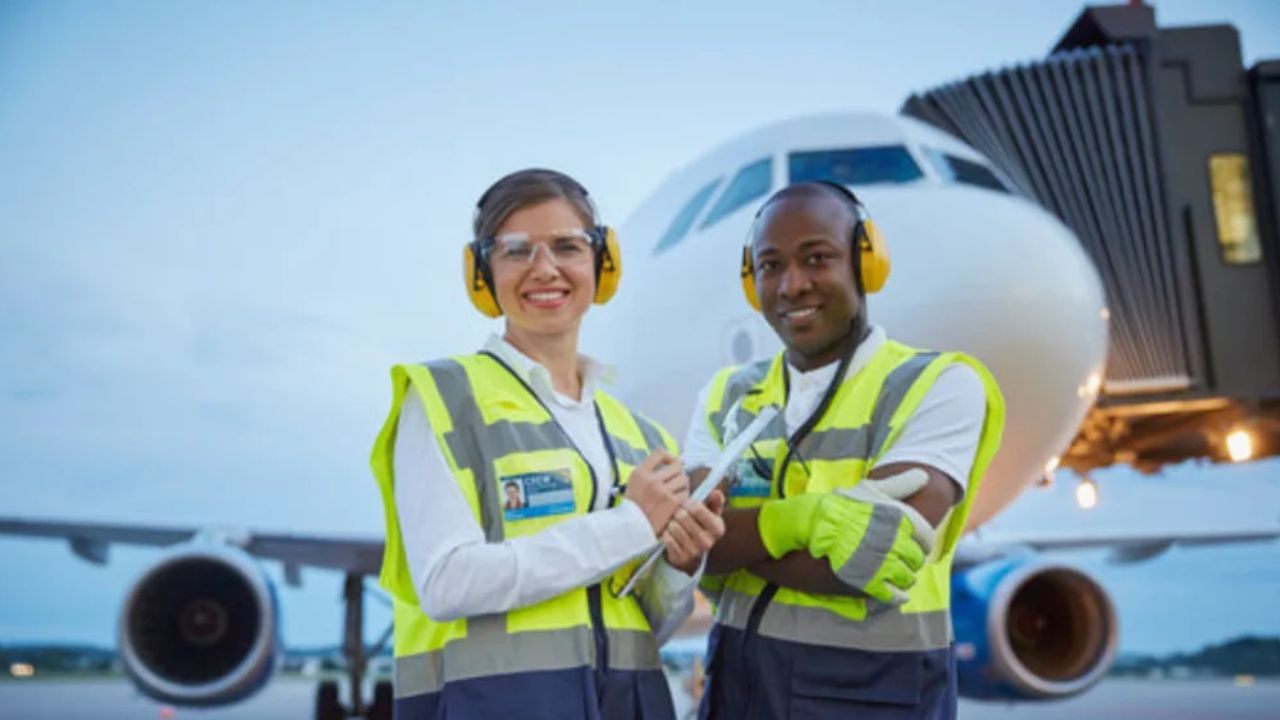
Your goal is to demonstrate on-time reliability, customer empathy, and comfort with procedures and radios in a dynamic environment.
You will also need to be ready for background checks, possible pre-employment drug testing, and uniform standards. A concise, metrics-driven approach sets you apart in high-volume hiring cycles.
Build a Targeted Resume With Measurable Results
Mirror the duties in each posting by highlighting bag counts per shift, on-time push rates, queue times improved, or disruption recoveries.
Note system proficiency, radio discipline, and any safety awards or observation credits earned on past teams.
If you are new, quantify reliability with attendance records, shift flexibility, and customer satisfaction feedback. Precise numbers help recruiters visualize you meeting station performance goals on day one.
Prepare for Interviews Focused on Safety and Service
Expect scenario questions about handling a late connection, a heavy thunderstorm push, or a bag reconciliation gap.
Use structured answers to show you verify IDs, follow load plans, and escalate to leads or ops when safety is at stake.
Emphasize communication under pressure and decisions that favor safety and compliance over speed. Close with questions about training cadence, SIDA timelines, and cross-training opportunities at the station.
Navigate Onboarding, Badging, and Your First Ninety Days
Once you receive a contingent offer, complete fingerprinting, threat assessments, and any required medical or drug testing promptly.
Attend all classroom and ramp briefings, learn local radio codes, and practice PPE and marshalling procedures under supervision.
Ask leads for checklists so you master flight turns, document checks, and baggage reconciliation without shortcuts. Early reliability and clean audits build trust that translates into more responsibility.
Conclusion
You now have a complete picture of how to get hired for airport ground staff roles, from responsibilities and benefits to requirements, job sources, and interview strategy.
With focused preparation and timely follow-through, you can move from application to airfield badge and begin a resilient aviation career.











